The Nomad mixed use development at N Interstate and Church St has gone in front of the Design Commission to receive optional Design Advice. The 7-story building is being designed by Works Progress Architecture for Ethos Development, and will include 130 residential units over ground retail and building amenity spaces. 22 at-grade parking stalls and 145 bicycle parking spaces are proposed. The building will be subject to the city’s inclusionary housing rules, which require the provision of affordable housing or the payment of a fee-in-lieu.
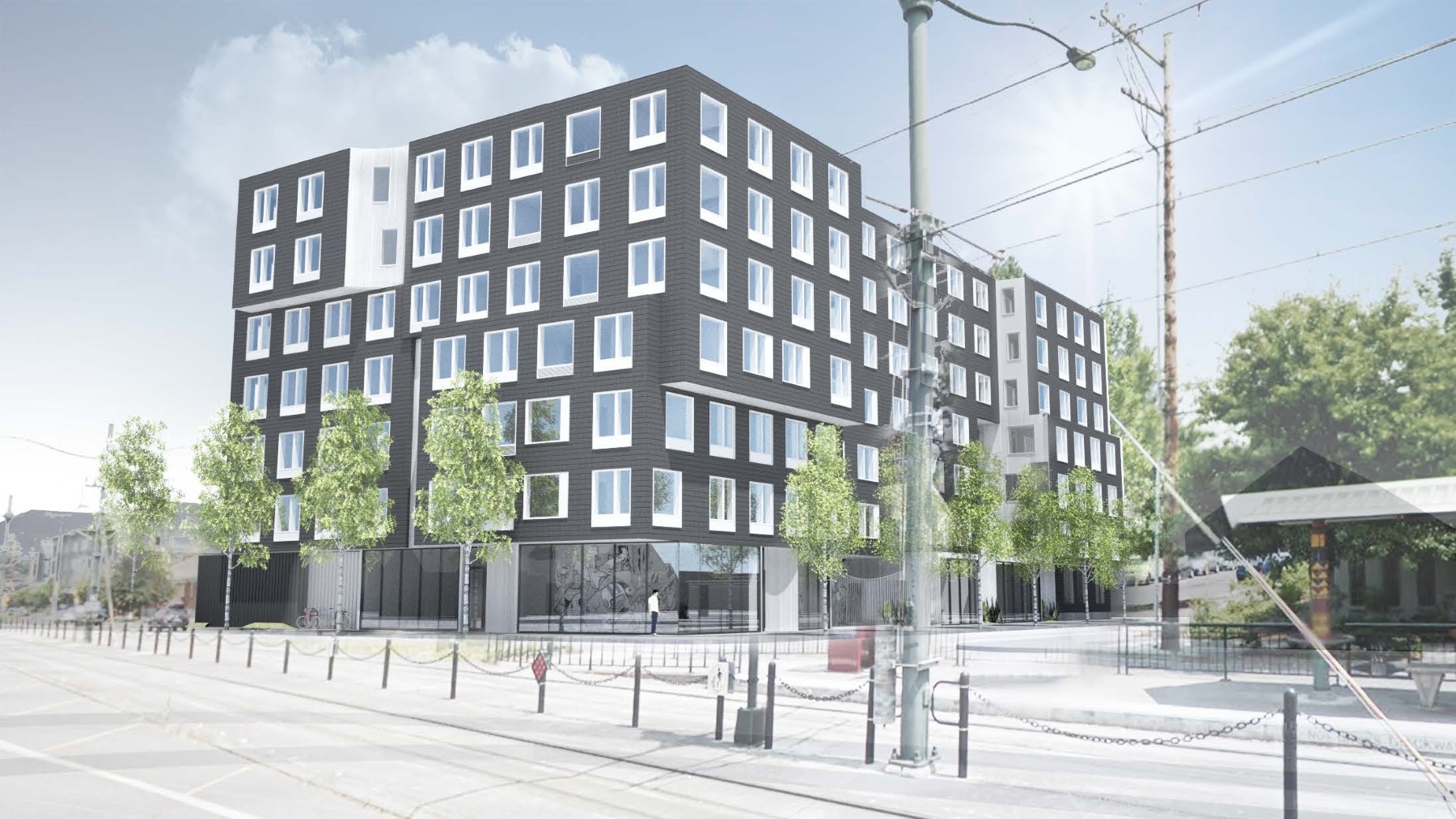
The project site includes three parcels, at 1431 N Church St, 5605 N Maryland Ave and 5615 N Maryland Ave. All three parcels are currently developed with single family houses, built in 1892, 1907 and 1902 respectively. The site is one block north of the N Killingsworth St MAX station and the Killingsworth Station condominiums, built in 2012.
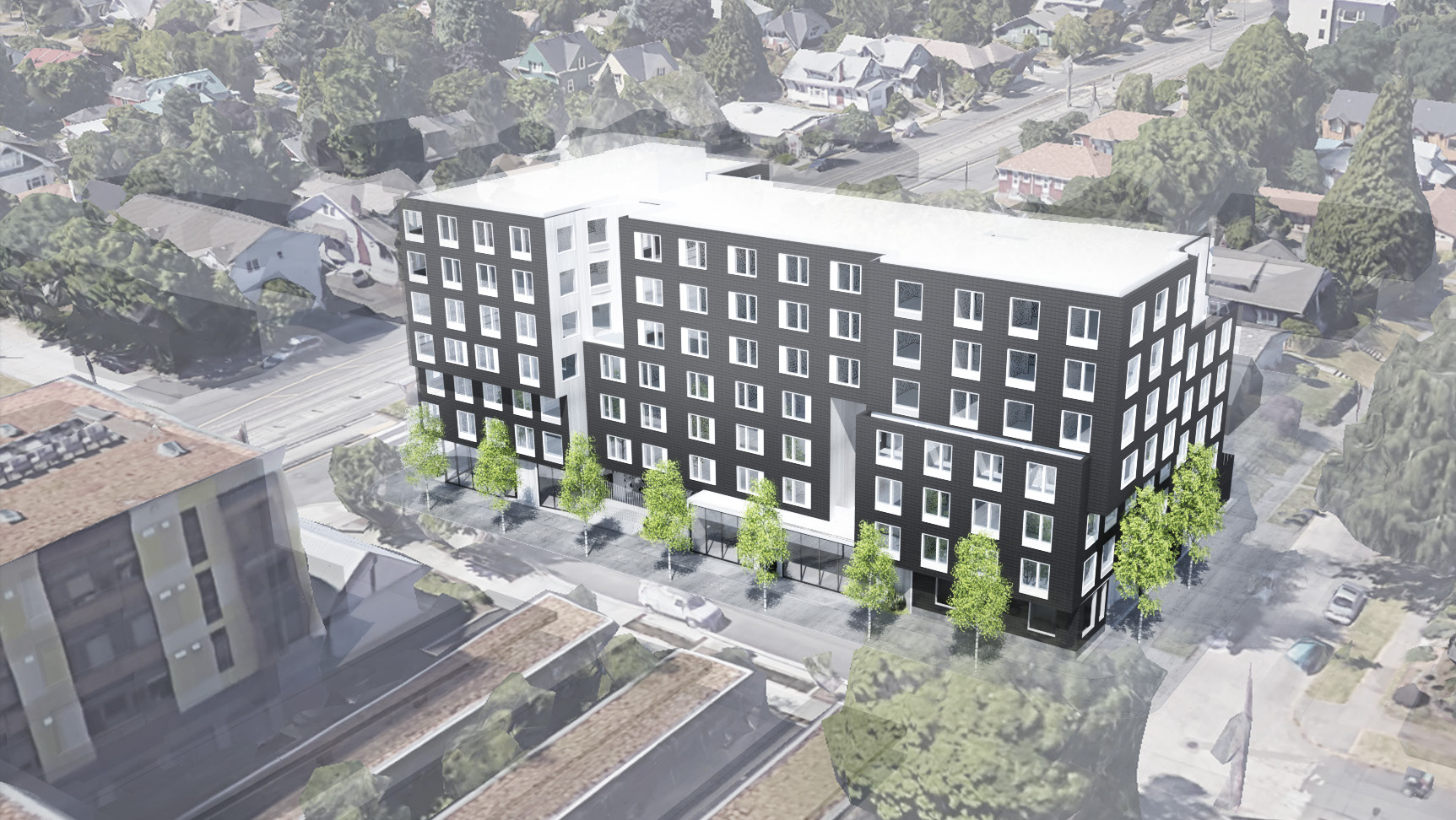
The building is arranged in an undulating U-shaped plan. The mass steps down to five stories at the northeast corner, where an exterior roof terrace and amenity room will be located.
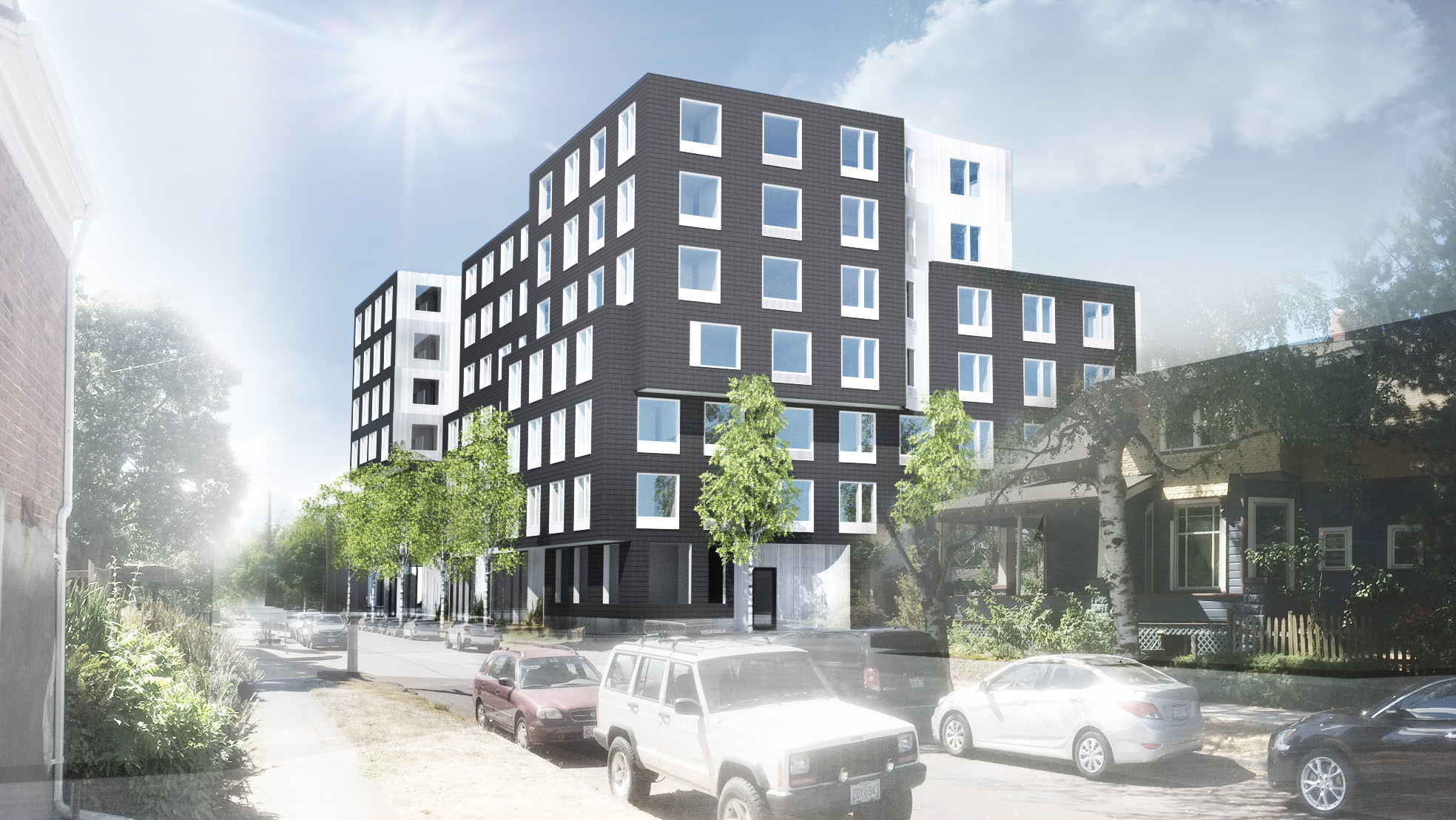
The primary materials proposed for Nomad are dark grey fiber cement shingles, with accents of white corrugated metal panel, smooth metal panel and vinyl windows.
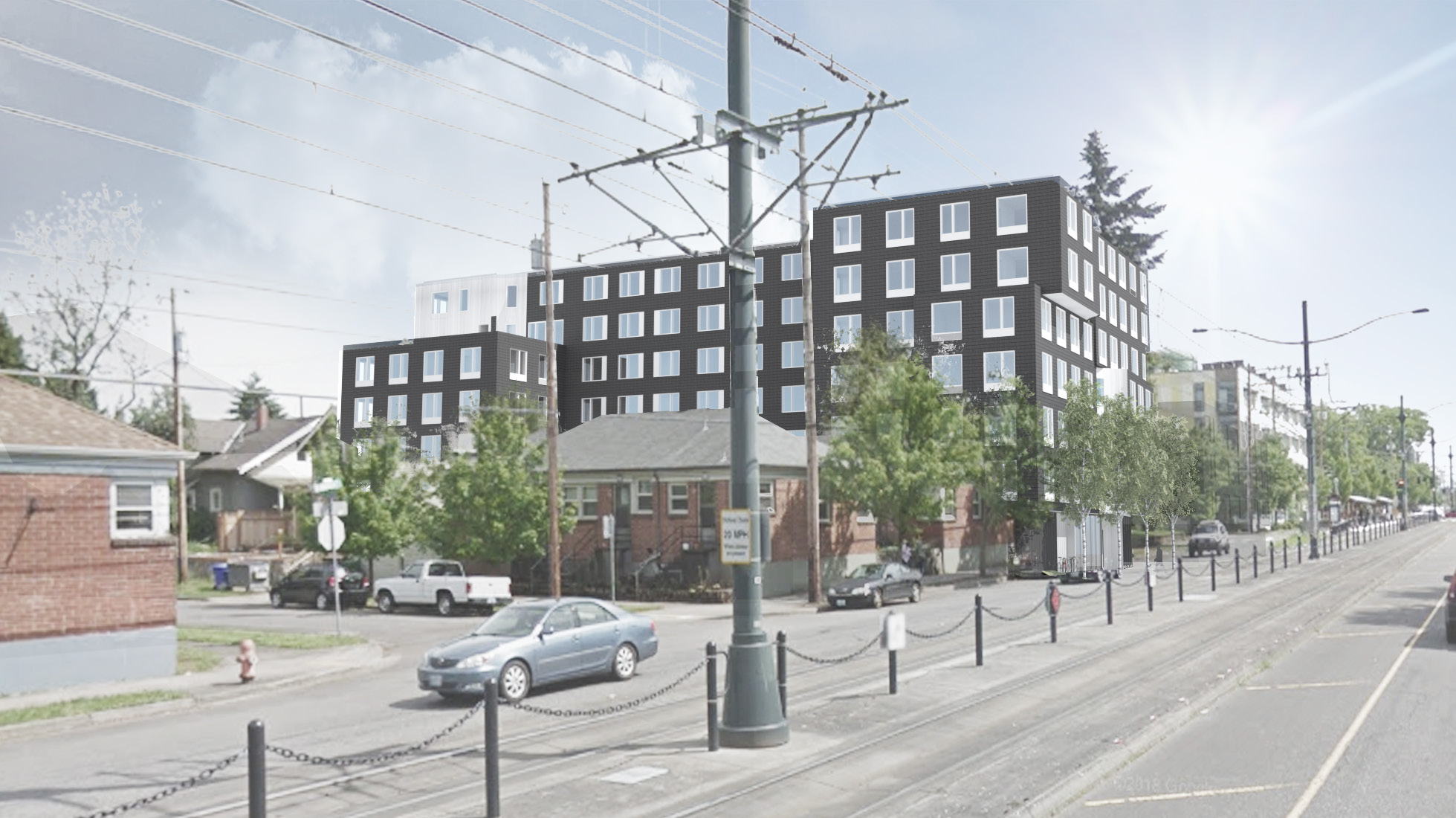
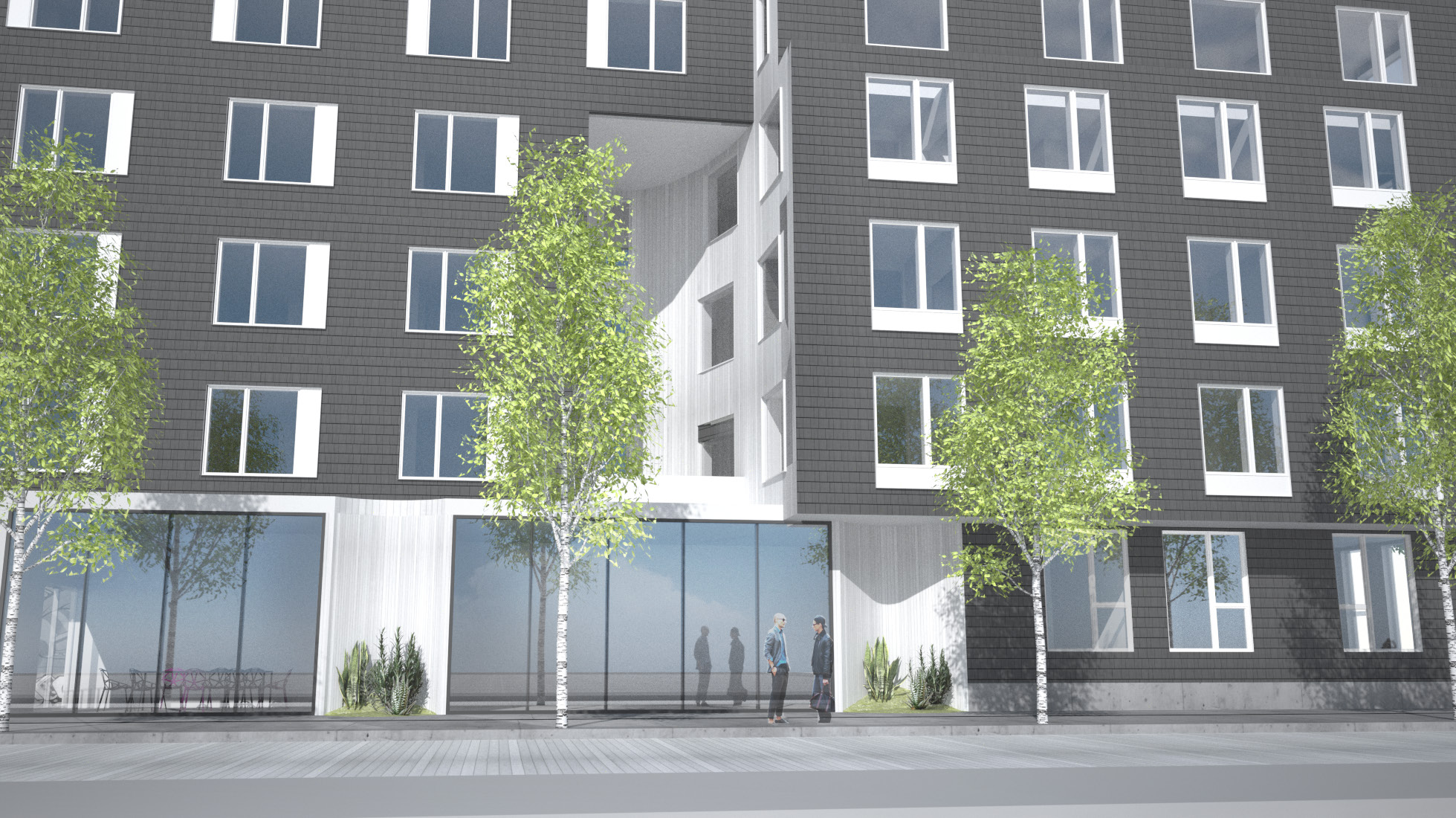
The project went in front of the Design Commission on September 20th. As noted in a summary memo the “commission was generally supportive of the project concept, massing, and scale” of the project. Most of the discussion was focused on the organization of the ground level, which the Commission felt did not yet meet the public realm related guidelines. In particular the Commission noted the need to better activate the full frontage along N Interstate Ave.
Nomad has now been submitted for a Type II Design Review, where the decision is made by Bureau of Development Services staff.
Drawings
- Plan | Site Landscape
- Plan | Ground
- Plan | Level 02
- Plan | Level 03
- Plan | Level 04
- Plan | Level 05
- Plan | Level 06
- Plan | Level 07
- Plan | Roof
- Elevation | South (N Church)
- Elevations | West (N Interstate) and East (N Maryland)
- Elevation | North
- Section
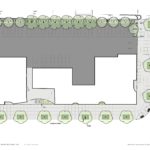
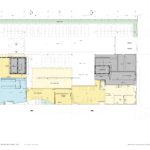
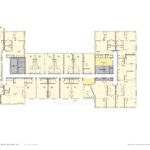
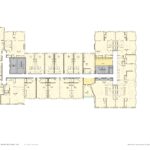
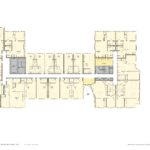
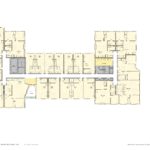
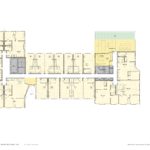
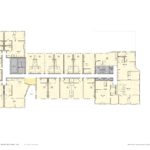
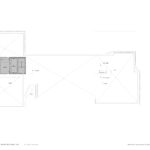
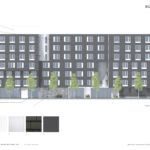
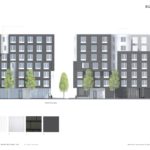
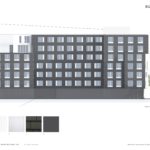
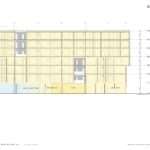
Just to be absolutely clear, these ” fiber cement shingles” are a legit cladding material, not the roofing material they put on the walls of the hotel on Burnside, correct?
What’s proposed is fiber cement shingles, not asphalt shingles. It’s the same materials as installed at the Langano Apartments http://www.worksarchitecture.net/work/langano-apartments
I like the dimensional aspect of the building, and almost “3D” image on all sides. However Jonathan Konkol’s point should be well considered: are those actual grey fiber cement shingles or just roofing material. It could make a difference in the sharp contours of the building as it ages.
Hasn’t WPA already built this building a dozen times in Portland? It’s amazing how few original ideas they have, considering the praise that critics love to thrust upon them. The Jupiter building looks like absolute garbage and predictably this one will as well. They need to either stop phoning it in or leave the Portland market.
Dude who cares it’s an infill building in a part of town that has a ton of these type of looking buildings..
All it matters is that it’s decent and providing more units for the ever growing population
So short sighted. Basically you’re saying who cares if it looks good, just as long it adds to the numbers. thanks for those inspiring words
Well, how to do you regulate “looks good” when ten people can have ten different opinions? Design review just tries to prevent the worst designs from getting built, not necessarily regulate a stylistic preference (in theory). Folks need to chill out over architecture in here. Who cares if the style is similar to some others that have been built? Thankfully I don’t.
“Folks need to chill out over architecture in here.”
LMAO, isn’t this an architecture blog?
Go to any European city and you’ll much more repetition than that! Miles of nearly identical 18th Century buildings…
The differnece is those actually look good.
Wow! Another incredibly boring 6 story box! Get some style Portland. Think Vancouver, BC , Singapore, or really any modern city. Uninspired
Portland doesn’t dream big like that. Too small minded.
Enough with the simplistic hyperbole. Portland is not a person. Projects are driven by developers, banks, zoning, rental market, and more….A market-rate or affordable housing project is not likely to break any new ground in innovative design. The developer’s pro forma does not accommodate innovative design.